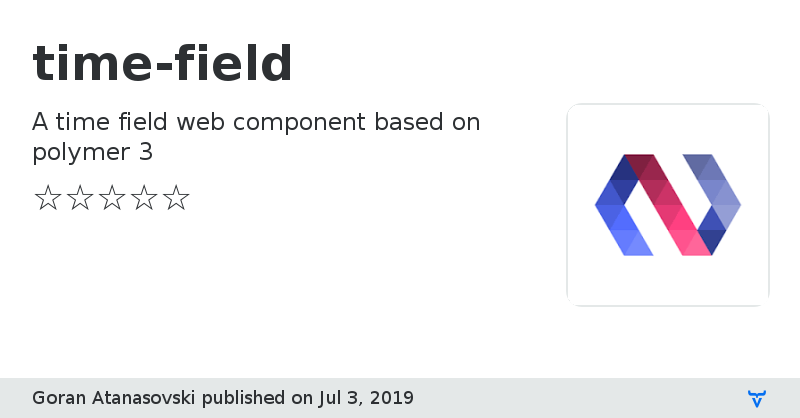time-field - Vaadin Add-on Directory
A time field web component based on polymer 3
[](https://www.webcomponents.org/element/time-field)
[](https://vaadin.com/directory/component/gatanasotime-field)
[](https://travis-ci.org/gatanaso/time-field)
[](https://codecov.io/gh/gatanaso/time-field)
# \
A time field web component based on polymer 3.
[Live Demo ↗](https://time-field.firebaseapp.com/demo/)
### Getting started
The `time-field` component is distributed as an npm package.
To start using it, first install it from the command line:
```
npm install --save time-field
```
Once installed, import it into your application:
```
import 'time-field/time-field.js'
```
### Running demos locally
1. Fork the `time-field` repository and clone it locally.
1. Make sure you have the [Polymer CLI](https://www.npmjs.com/package/polymer-cli) and npm (packaged with [Node.js](https://nodejs.org)) installed.
1. When in the `time-field` directory, run `npm install` to install the element's dependencies.
1. Run `polymer serve --npm --open`, the browser will automatically open the components demo page.
### Running tests from the command line
When in the `time-field` directory, run:
```
$ wct --npm
```
View on NPMView on GitHub
I
Online Demo
time-field version 1.0.0
The first major version of the `time-field` web component.